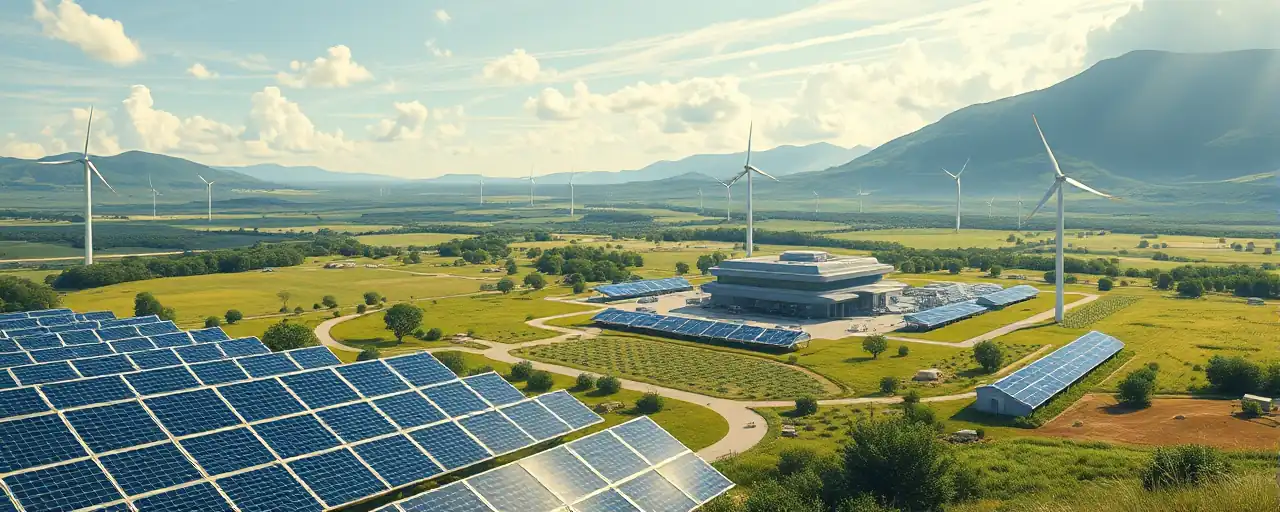A New Contract With Big Implications
The U.S. Department of Defense recently greenlit a $249 million contract, tapping 13 companies to provide architect and engineering services. From Los Angeles to Pennsylvania, firms like Aecom Technical Services and Tetra Tech will compete for projects focused on environmental restoration, conservation, and infrastructure planning. The deal, managed by the U.S. Army Corps of Engineers in Mobile, Alabama, sets a completion date of April 2030, with work locations to be determined as orders roll in.
This move arrives at a time when military spending faces scrutiny for its environmental footprint. The contract's emphasis on sustainability suggests an effort to align defense priorities with broader climate goals, but questions linger about how effectively these ambitions will translate into action. For many Americans, the real-world impact of such deals feels distant, yet the ripples could reshape military bases, local economies, and even global emissions trends.
Balancing Defense and the Environment
Military operations have long been a heavyweight in global emissions, with the U.S. armed forces alone consuming vast amounts of fuel and resources. Recent data points to the Pentagon as one of the largest institutional emitters, a legacy tied to sprawling bases and carbon-heavy equipment. This contract, however, signals a shift, prioritizing projects like energy-efficient retrofits and renewable energy integration. For instance, similar initiatives under the Air Force have pushed for net-zero emissions by 2045, a nod to federal mandates calling for cleaner operations.
Yet, the road to greener defense isn't smooth. Environmental advocates argue that military budgets often dwarf funding for climate initiatives, diverting resources from civilian-led efforts. Meanwhile, defense planners stress the need for robust infrastructure to maintain readiness, especially as geopolitical tensions simmer. The challenge lies in weaving sustainability into a system built for security, without compromising either goal.
Small Businesses in the Spotlight
A standout feature of this contract is its competitive structure, opening doors for smaller firms to vie for high-stakes work. Companies like Applied Ecology Inc. in Florida and Koman Eco Ageiss JV in Massachusetts stand to gain, reflecting a broader push to diversify defense contracting. Last year, small businesses secured over $176 billion in federal contracts, with set-aside programs ensuring they aren't sidelined by industry giants. This deal continues that trend, fostering innovation and economic growth in communities far from the Pentagon's halls.
Still, small firms face hurdles. Navigating complex procurement rules can strain limited resources, and some worry that larger players might dominate high-profile projects. Supporters of small business involvement counter that their agility and specialized expertise, like Montrose Environmental Solutions’ focus on eco-friendly design, bring fresh ideas to the table. The outcome of this competition could set a precedent for how the Defense Department engages with smaller players moving forward.
What’s at Stake for the Future
This contract isn't just about blueprints and budgets; it’s a litmus test for how the Pentagon navigates a warming world. If executed well, the projects could cut emissions, restore ecosystems, and modernize aging bases, delivering tangible benefits to service members and nearby communities. But skepticism persists about whether the military can pivot fast enough to meet ambitious climate targets, especially when global crises demand immediate attention. The next five years will reveal how seriously the Defense Department takes its environmental promises.
For now, the $249 million deal stands as a bridge between defense imperatives and planetary pressures. It’s a reminder that even the most formidable institutions face choices that ripple beyond their walls. As these companies get to work, their efforts will likely spark debates about priorities, progress, and what it means to build a future that’s both secure and sustainable.
